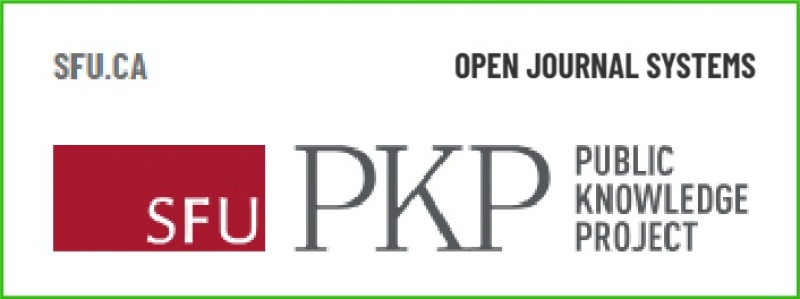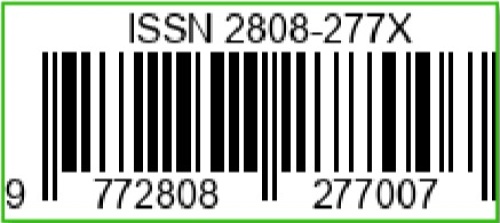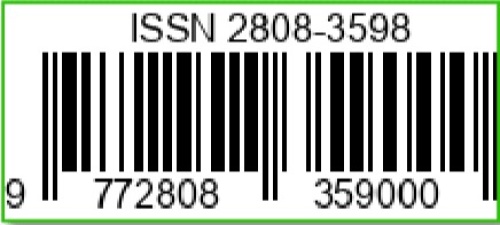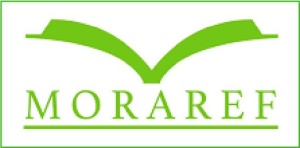Keanekaragaman Serangga Asosiatif pada Bangkai Tikus yang Diletakkan di Luar Ruangan sebagai Indikator Forensik
DOI:
https://doi.org/10.36312/biocaster.v5i3.502Keywords:
Cloth Wrapping, Rat Carcass, Forensic Entomology, Flies, IncisionAbstract
Insects are a group of organisms with a high level of species diversity and have various important roles, one of which is in the field of forensics. Insects can be used as forensic indicators in revealing the facts of death studied in forensic entomology. This study aims to analyze the diversity of insects associated with rat (Rattus norvegicus) carcasses in three different conditions, namely without treatment (control), wrapped in cloth, and with incisions. This study used a Randomized Block Design (RBD) with three replications for each treatment. The treatment group consisted of three types, namely without treatment, with cloth wrapping, and with incisions. Each group consisted of three replications. The results of the Hutcheson t-test showed differences in the insect species diversity index between treatments (p < 0.05). The species Onthophagus pilularius and Phaeochrous emarginatus were only found in carcasses wrapped in cloth. Meanwhile, Chrysomya megacephala was the dominant species in all treatments with a relative abundance of more than 40%. These findings indicate that the physical condition of the carcass influences the composition of the insect community, which has the potential to be used as an indicator in forensic studies.
Downloads
References
Al-Shareef, L. A. H., & Al-Mazyad, M. M. F. (2016). Insect Faunal Succession on Decaying Rabbit Carcasses in Urban Area at Jeddah City, Kingdom of Saudi Arabia. Journal of American Science, 12(12), 78-88. https://doi.org/10.7537/marsjas121216.11
Aly, M. Z. Y., Osman, K. S. M., Galal, F. H., & Ali, G. H. M. (2017). Comparative Study on Outdoor and Indoor Forensic Insects Encountered on Rabbit Corpses in Upper Egypt. IOSR Journal of Pharmacy and Biological Sciences, 12(3), 41-54. https://doi.org/10.9790/3008-1203074154
Amendt, J., Krettek, R., & Zehner, R. (2004). Forensic Entomology. Naturwissenschaften, 91(2), 51-65. https://doi.org/10.1007/s00114-003-0493-5
Borror, D., & White, R. E. (1970). A Field Guide to the Insects of America North of Mexico. New York: Houghton Miflin Company.
Eubanks, M. D., Lin, C., & Tarone, A. M. (2019). The Role of Ants in Vertebrate Carrion Decomposition. Food Webs, 18(1), 1-20. https://doi.org/10.1016/j.fooweb.2018.e00109
Hasanah, U., Nofisulastri, N., & Safnowandi, S. (2020). Inventarisasi Serangga Tanah di Taman Wisata Alam Gunung Tunak Kabupaten Lombok Tengah. Bioscientist : Jurnal Ilmiah Biologi, 8(1), 126-135. https://doi.org/10.33394/bioscientist.v8i1.2560
Ismail, I., Soviana, S., & Ridwan, Y. (2018). The Diversity and Activity of Flies (Diptera: Cyclorrhapha) as Forensic Indicators at Outdoor and Indoor Rat Carccasses in Dramaga, Bogor. Jurnal Veteriner Indonesia, 2(2), 70-78. https://doi.org/10.20956/jrvi.v2i2.4416
Keshavarzi, D., Fereidooni, M., Assareh, M., Nasiri, Z., & Keshavarzi‚, D. (2015). A Checklist of Forensic Important Flies (Insecta: Diptera) Associated with Indoor Rat Carrion in Iran. Journal of Entomology and Zoology Studies, 3(3), 140-142.
Kharel, B. P., Schoolmeesters, P., & Sarkar, S. K. (2020). A First Faunistic Account on the Onthophagus latreille, 1802 (Coleoptera, Scarabaeidae, Scarabaeinae) of the Nadia District, West Bengal, with a Preliminary Checklist from India. Check List, 16(2), 361-381. https://doi.org/10.15560/16.2.361
Koffi, A. F., Louis, R. N. A., Mathurin, D., Hassane, D., Joëlle, D. E. K., & Carine, Y. E. Y. (2017). Process of Colonization by Necrophagous Insects, of a Pig Corpse (Sus scrofa domesticus L.) Exposed at Open Air, in the Southern Forest Zone of Côte d’ivoire. International Journal of Scientific Engineering and Applied Science (IJSEAS), 3(9), 14-22. https://doi.org/10.20546/ijcrar.2017.507.014
Lackner, T., & Leschen, R. A. B. (2017). A Monograph of the Australopacific saprininae (Coleoptera, Histeridae). ZooKeys, 689(1), 1-20. https://doi.org/10.3897/zookeys.689.12021
Magni, P. A., North, J. D., Zwerver, M., & Dadour, I. R. (2019). Insect Succession Pattern on Decomposing Pig Carcasses in Tasmania: A Summer Study. Papers and Proceedings of the Royal Society of Tasmania, 153(1), 31-38. https://doi.org/10.26749/rstpp.153.31
Nahlunnisa, H., Zuhud, E. A. M., & Santosa, Y. (2016). Keanekaragaman Spesies Tumbuhan di Areal Nilai Konservasi Tinggi (NKT) Perkebunan Kelapa Sawit Provinsi Riau. Media Konservasi, 21(1), 91-98. https://doi.org/10.29244/medkon.21.1.91-98
Odum, E. P. (1993). Dasar-dasar Ekologi (Terjemahan Tjahjono Samingan) Edisi Ketiga. Yogyakarta: Gadjah Mada University Press.
Ojianwuna, C. C., Odibo, O. E., Akpan, A. U., & Egwaoje, K. I. (2019). Succession Pattern of Insects in Relation to Killing Methods of Rattus norvegicus at Delta State University, Abraka, Nigeria. Journal of Applied Sciences and Environmental Management, 23(3), 483-487. https://doi.org/10.4314/jasem.v23i3.18
Oosterbroek, P., Evenhuis, N. L., Cranston, P. S., Duckhouse, D. A., Grootaert, P., Ismay, J., Sasakawa, M., Pont, A., Sasakawa, M., & Tschirnhaus, M. V. (1998). The Families of Diptera of the Malay Archipelago. Leiden: Brill Academic Publishing.
Padonou, G. G., Osse, R., Oussou, O., Padonou, G. G., Gnanguenon, V., Ossè, R., Odjo, E., Akinro, B., & Akogbeto, M. (2017). First Evidence of Forensic Entomology Revealed the Presence of Arthropods on Rabbit Carrion in Cotonou, Benin (West Africa). International Journal of Entomology Research, 2(6), 94-98.
Samsuddin, N. B., Muhammad, R. A., & Mohd, T. A. (2019). Arthropods Succession During Decomposition of Snake Carcasses. Journal of Science Review, 1(1), 22-35.
Singh, K., Sonker, R., Rawat, S., & Singh, K. (2018). Factors Affecting the Arthropod Succession on a Dead Animal. International Journal of Scientific and Innovative Research, 6(1), 11-22.
Thakur, J., & Kumari, U. (2019). Studies on Incidence and Succession of Forensically Important Insects Associated with Decomposition of Goat Flesh. Journal of Entomology and Zoology Studies, 7(4), 1427-1431.
Downloads
Published
How to Cite
Issue
Section
License
Copyright (c) 2025 Aprilia Nurul Aini, Rully Rahadian, & Khusnul Khotimah

This work is licensed under a Creative Commons Attribution-ShareAlike 4.0 International License.
-
Attribution — You must give appropriate credit, provide a link to the license, and indicate if changes were made. You may do so in any reasonable manner, but not in any way that suggests the licensor endorses you or your use.
-
ShareAlike — If you remix, transform, or build upon the material, you must distribute your contributions under the same license as the original.











































